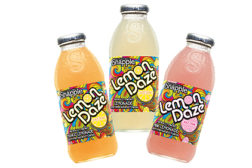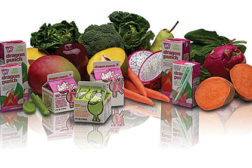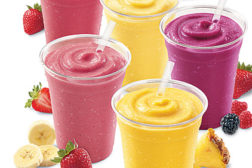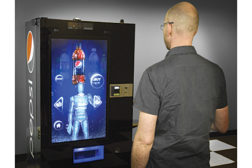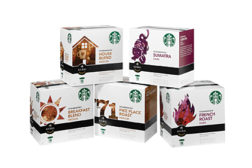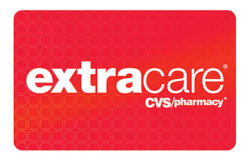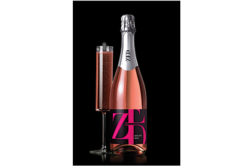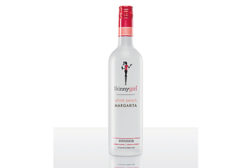Channel Strategies
Convenience stores upgrade their offerings to maximize purchase opportunities
Read More
USDA releases rules for competitive beverages in schools
Exploring official school beverages standards
August 12, 2013
Foodservice venues serve a side of refreshment
Channel offers low-calorie, indulgent beverages
July 15, 2013
The next generation of vending machines
Technology, cashless payment options appeal to millennials
June 14, 2013
Discount retailers increase their market share
Store openings, growing acceptance contribute to channel success.
May 15, 2013
Taking a tactical approach to category management
Retailers engage consumers with merchandising strategies
April 15, 2013
Drug stores offer convenience, expertise for consumers
Loyalty and rewards programs keep consumers coming back.
March 11, 2013
Supermarkets compete for consumer share
Pre-mixed cocktails post strong growth in supermarkets
January 11, 2013
Elevate your expertise in the beverage marketplace with unparalleled insights and connections.
Join thousands of beverage professionals today. Shouldn’t you know what they know?
JOIN NOW!Copyright ©2024. All Rights Reserved BNP Media.
Design, CMS, Hosting & Web Development :: ePublishing
